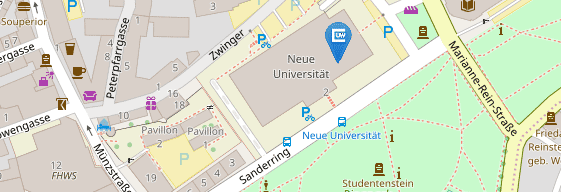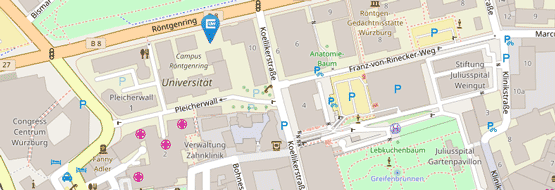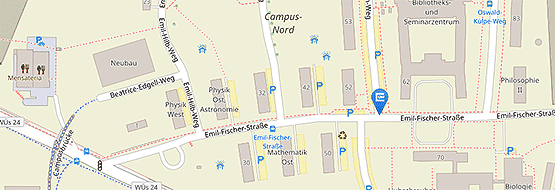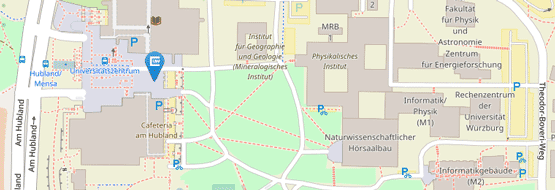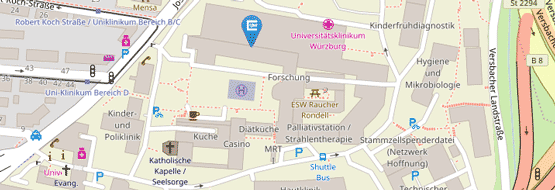Projekt C1 Roces
Die zeitliche Organisation in Ameisenkolonien: Infomationsmanagement, soziale Synchronisation und Determination von aufgabenbezogenen circadianen Mustern
Zusammenfassung
Ameisenkolonien fungieren als integrierte Einheiten, welche komplexe Antworten auf Gruppenebene zeigen können. Das kollektive Verhalten einer Kolonie ist flexibel und resultiert hauptsächlich aus den Interaktionen zwischen den Koloniemitgliedern. Das adäquate Timing der verschiedenen kollektiven Antworten, z.B. Futtersammeln oder Burtpflege, ist entscheidend, denn eine flexible Arbeitsteilung angesichts der wechselnden Bedingungen sowohl in der Umwelt als auch innerhalb des Nestes ist nötig.
Das Ziel des vorliegendes Projekts ist zu verstehen, wie endogene-, umwelt- und soziale Einflüsse interagieren, um Tagesrhythmen innerhalb der Kolonie zu koordinieren, sowohl im Kontext der Brutpflege, als auch des Sammelverhaltens. Es soll außerdem untersucht werden, welche die Fitnesskonsequenzen der Tagesrhythmik für die Kolonie sind. Das Projekt ist unterteilt in zwei Themenbereiche.
- Das erste Subprojekt fokussiert auf die zeitliche Organisation einer individuellen Tätigkeit innerhalb der Kolonie: das Brutpflegeverhalten der Ameise Camponotus rufipes. Es soll untersucht werden, welche Zeitgeber für die Synchronisation des Bruttrageverhaltens verantwortlich sind, und inwieweit soziale Interaktionen mit Nestgenossinnen den Verhaltensübergang von Brutpflegerin zur Sammlerin bedingen.
- Das zweite Subprojekt fokussiert auf die zeitliche Organisation einer sozialen Tätigkeit: das kollektive Sammelverhalten von Blattschneiderameisen (Atta vollenweideri). Das Hauptziel des Subprojektes besteht darin, die internen (endogene Rhythmen, Ernährungszustand der Kolonie) und externen Variablen (Umweltfaktoren, Änderung in der Qualität der Futterpflanzen), welche die täglichen Fouragier-Rhythmen der individuellen Ameisen bestimmen, zu identifizieren, und die zugrunde liegenden Mechanismen der Synchronisation auf Kolonie-Ebene aufzuklären.
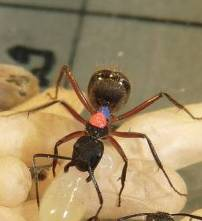
Bild 1: Bruttragende Arbeiterin der Ameise Camponotus rufipes (Foto: Christoph Kleineidam)
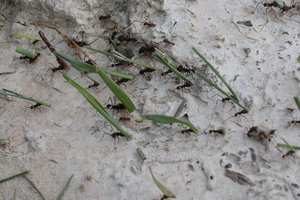
Bild 2: Kollektives Sammelverhalten bei Grassschneiderameisen, Atta vollenweideri (Foto: Flavio Roces)
Publikationen
-
Honey bee waggle dance communication increases diversity of pollen diets in intensively managed agricultural landscapes. . In Molecular Ecology, 28(15), pp. 3602–3611. 2019.
- [ URL ]
-
Neuroanatomical correlates of mobility: Sensory brain centres are bigger in winged than in wingless parthenogenetic pea aphid females. . In Arthropod Structure & Development, 52, p. 100883. 2019.
- [ URL ]
-
Appetitive and aversive learning of plants odors inside different nest compartments by foraging leaf-cutting ants. . In Journal of Insect Physiology, 109, pp. 85–92. 2018.
- [ URL ]
-
Herbivore-specific induction of defence metabolites in a grass–endophyte association. . In Functional Ecology, 31(2), pp. 318–324. 2017.
- [ URL ]
-
Sun Basking in Red Wood Ants Formica polyctena (Hymenoptera, Formicidae): Individual Behaviour and Temperature-Dependent Respiration Rates.. . In PLOS ONE, 12(1), pp. 1–23. 2017.
- [ URL ]
-
Avoidance of plants unsuitable for the symbiotic fungus in leaf-cutting ants: Learning can take place entirely at the colony dump. . In PLOS ONE, 12(3), pp. 1–16. 2017.
- [ URL ]
-
Plasticity of Daily Behavioral Rhythms in Foragers and Nurses of the Ant Camponotus rufipes: Influence of Social Context and Feeding Times.. . In PLOS ONE, 12(1), pp. 1–23. 2017.
- [ URL ]
-
Gardeners and midden workers in leaf-cutting ants learn to avoid plants unsuitable for the fungus at their worksites. . In Animal Behaviour, 115, pp. 167–174. 2016.
- [ URL ]
-
Learning through the waste: olfactory cues from the colony refuse influence plant preferences in foraging leaf-cutting ants. . In Journal of Experimental Biology, 219(16), pp. 2490–2496. 2016.
- [ URL ]
-
Long-term avoidance memory formation is associated with a transient increase in mushroom body synaptic complexes in leaf-cutting ants. . In Frontiers in Behavioral Neuroscience, 9(84). 2015.
- [ URL ]
-
Foraging Leaf-Cutting Ants Learn to Reject Vitis vinifera ssp. vinifera Plants that Emit Herbivore-Induced Volatiles. . In Journal of Chemical Ecology, 40(6), pp. 617–620. Springer US, 2014.
- [ URL ]
Kontakt/Contact
Prof. Dr. Flavio Roces
Behavioral Physiology and Sociobiology (Zoology II)
Biocenter, University of Würzburg
Am Hubland
D-97074 Würzburg, Germany
Phone: +49 931 3184311
Fax: +49 931 3184309
Mail: roces@biozentrum.uni-wuerzburg.de

